About Us



The Trier Landesmuseum is one of the most important archaeological museums in Germany, documenting 200,000 years of history and cultural development in the entire region, from prehistoric times to the end of the 18th century.
Approximately 4,500 objects are on display in the museum, covering an area of 3,500 m² (37,674 ft²); among them are the largest mosaic collection north of the alps, the gigantic stone burial monuments from Neumagen with vivid scenes from daily life and the world’s largest Roman gold coin hoard with over 2,600 gold coins weighing 18.5 kg (41 lbs). The permanent exhibition is supplemented by 2,000 m² (21,528 ft²) of space for important special exhibitions visitors should not miss.
Events and offers for all age groups make the museum a vibrant place. For example, free audio guides are available; twice daily, visitors can experience the spatial theatre production of “In the Realm of Shadows” amidst the gigantic Roman burial monuments; educational programmes and many events for families or adults are on offer.
The museum was founded as a provincial museum in 1877 because of the sensational excavations and structural monuments in the region and has been integrated into the Rhineland-Palatinate Dictorate General of Cultural Heritage since 2008.
The museum’s affiliated field office of the Office of State Archaeology is also responsible for archaeological preservation in the region. Thus almost all of the museum’s exhibits come from archaeological excavations conducted by the museum itself. The Landesmuseum’s field of activity encompasses an area of 5,700 km² (2,200 mi²) with more than 10,000 known archaeological sites.
Consequently, the Landesmuseum is also a place of archaeological research linked to a large collection and deposit operation behind the scenes; it issues numerous books and brochures annually in its own publishing enterprise.

